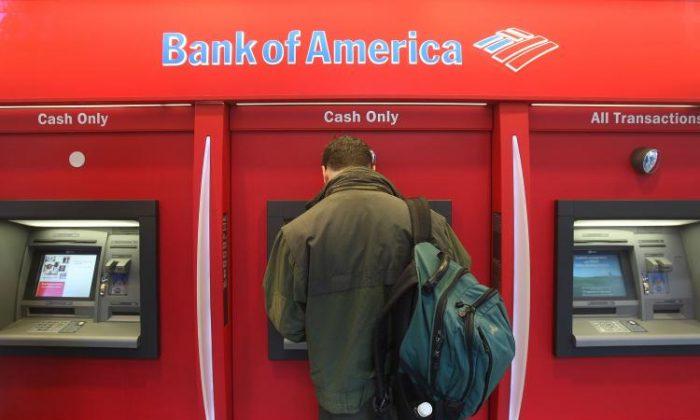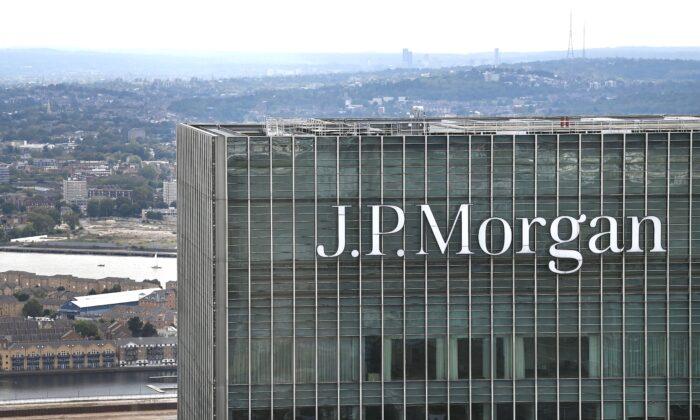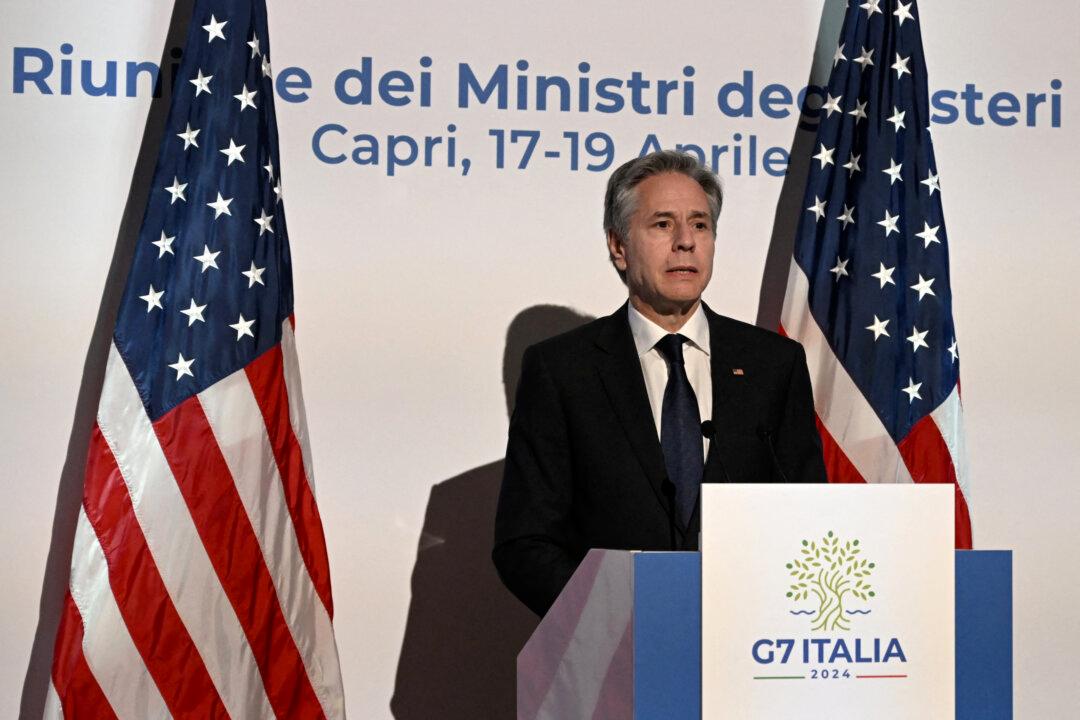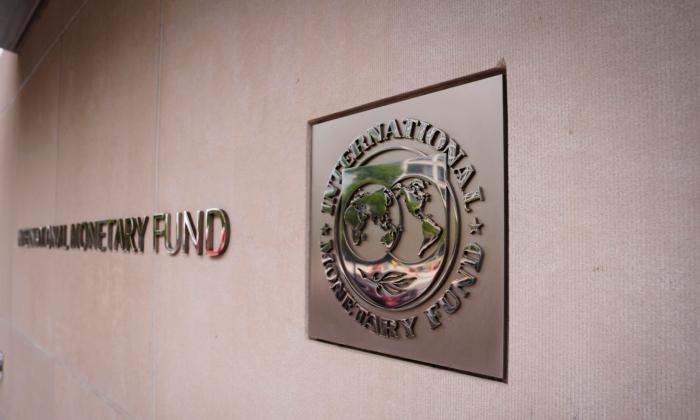Bank of America
Bank of America topped estimates in its third-quarter earnings results, confirming better-than-expected loan losses and record advisory and asset management fees.Profit at the second-largest bank in the United States rose 58 percent to $7.7 billion, buoyed by revenue of $22.87 billion, a 12 percent surge. As a result, earnings came in at 85 cents a share, exceeding analysts’ projections of 71 cents.
Net interest income rose 10 percent to $11.1 billion, beating forecasts of $10.6 billion. Loan balance growth, which allows banks to generate greater interest income, picked up an annualized 9 percent gain from the April–June period.

Investment banking fees jumped 23 percent to $2.2 billion, while asset management charges totaled $3.2 billion.
US Bancorp
U.S. Bancorp recorded a $2.03 billion profit in the third quarter, up 28 percent from a year ago, the bank said on Oct. 14.Earnings were $1.30 per share, an increase from 99 cents in the year-earlier period and topping analysts’ expectations of $1.15 per share.
The Minneapolis-based bank holding company reported that net revenue fell 1.2 percent to $5.89 billion, driven by declines in non-interest fees and interest income as commercial borrowers reduced or eliminated their loans. Industry observers had expected $5.76 billion.
Its net interest income, a closely watched gauge to highlight the difference between what it pays clients for deposits and what the bank charges them for loans, fell to 2.53 percent from 2.67 percent a year ago.
Executives believe that business and consumer banking activity will be revived as the economy recovers from the COVID-19 public health crisis and the government’s relief programs come to an end.
Citigroup
Citigroup posted a stronger-than-expected quarterly earnings report on Oct. 14, with profit soaring amid an increase in trading revenue.According to the results, net income soared 48 percent year-over-year, totaling $4.6 billion. In addition, Citigroup confirmed $2.15 in per-share earnings on $17.15 billion in revenue, which beat EPS estimates of $1.65 and $16.97 billion in revenue.
Trading revenue for fixed income totaled $3.18 billion, and equity markets came in at $1.23 billion. Analysts had forecasted $3.07 billion and $909.7 million, respectively.
JPMorgan Chase
JPMorgan Chase & Co, the largest bank in the United States, might be waving goodbye to the pandemic after beating analysts’ forecasts.Lending income rose 2.5 percent, lifted by the company’s average loans, deposits, and credit card spending.
It also recorded a 50 percent jump in investment banking fees to a record of $3.28 billion, beating the consensus estimate by roughly $500 million.
The company’s Corporate & Investment Bank division experienced advisory fees almost tripling amid renewed activity in mergers and acquisition and equity underwriting. This allowed JPMorgan to remain as the second-largest provider of international M&A advisory, just behind Goldman Sachs.
“We don’t know the future any better than you do,” JPMorgan CEO Jamie Dimon stated on a conference call with reporters. “What we really want is good growth right now. These are great numbers. By the end of 2022, people are forecasting 4 [percent] unemployment, wages are going up, jobs are plentiful. Getting out of COVID, we should all be thanking our lucky stars.”
A Measure of U.S. Economic Recovery
This week’s flurry of bank earnings was a highly anticipated market event among investors. Many viewed the banks’ reports as a possible measurement for the post-pandemic economic recovery. Be it growth in lending or a reduction in downturn-related credit reserves, traders viewed the results as a symbol of how well the national economy and financial markets are performing heading into next year.The stock market was pleased by the growth as the leading benchmark indexes rose on Oct. 14.






Friends Read Free